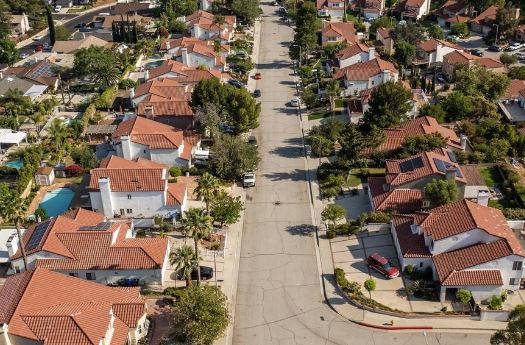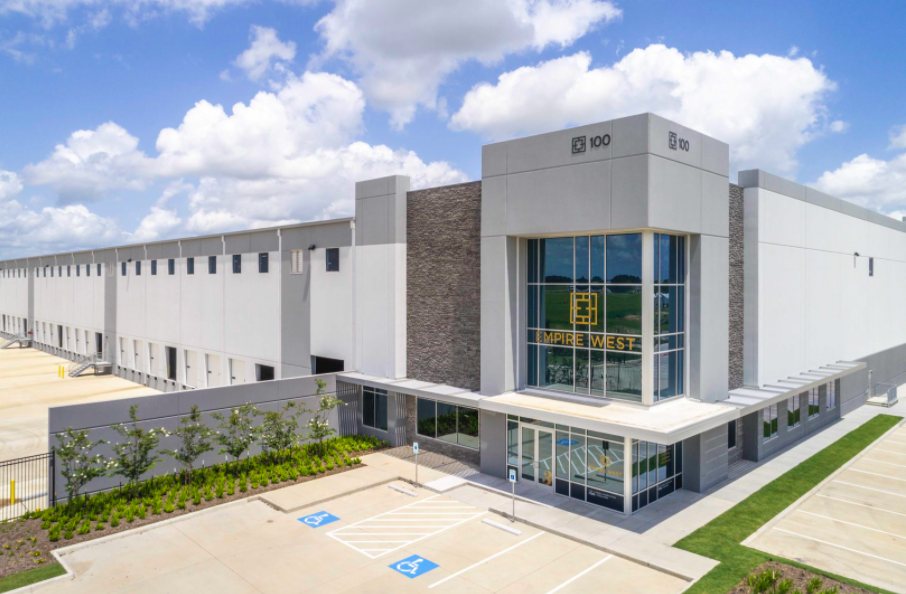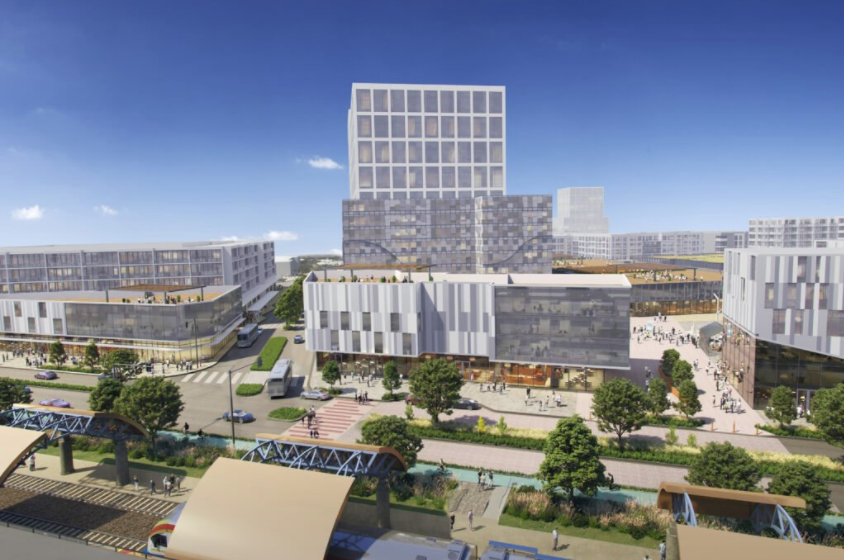Stream Realty Partners (Stream), a national real estate services, development, and investment company, announced today that they reached 100 percent occupancy within Phase I of Empire West Business Park, which totals 1,036,057 square feet across three buildings. The feat was achieved within four months of completing construction. Stream will break ground on Phase II of the development in September with expected delivery in second quarter 2022.
Stream broke ground on Empire West, a 300-acre industrial development, in June 2020 and delivered three buildings in April of this year. Building one is 163,144 square feet and occupied by Warefor Solutions LLC, a new company that offers integrated solutions for product development, manufacturing, logistics, sales, marketing, warehousing, distribution, and fulfillment of high-quality home products. Building two is 122,138 square feet and was purchased by Winix America Inc., a manufacturer of healthy home appliances and air purifiers, and building three is 750,775 square feet and occupied by Ferguson Enterprises, the largest U.S. distributor of plumbing supplies, PVF, waterworks and fire and fabrication products.
Justin Robinson, Managing Director and Partner at Stream, said, “Empire West exemplifies Stream’s entrepreneurial platform. Our team has executed at the highest level across all facets, including land development, vertical development, leasing and property management. The market has spoken regarding the quality of Empire West’s thoughtful design, strategic location fronting I-10 and the business-friendly location in Brookshire. We cannot wait to quickly launch our second phase.”
Phase II of Empire West will consist of six buildings totaling 2,318,305 square feet. The design of Phase II mirrors the design of Phase I, but on a much larger scale, with buildings ranging from 124,000 square feet to over one million square feet. Upon completion, 45 acres of land will remain at the site for future development.
“Leasing demand for our first phase was off-the-charts and the outcome speaks for itself,” said Matteson Hamilton, Managing Director and Partner at Stream. “Based on market fundamentals and current user demand, we are going big with Phase II by offering the utmost flexibility to accommodate users of all sizes in the most modern buildings in the entire market. Additionally, Waller County and The City of Brookshire have been great partners, and we look forward to working on another successful phase with them at Empire West.”
Stream’s Robinson, Hamilton and Jeremy Lumbreras, Senior Vice President, represented Stream Realty Partners in the transactions and oversee leasing and marketing efforts at the development.
Empire West is located within the exploding West Houston industrial submarket, home to some of Houston’s largest and most sophisticated distribution users. Over the past few years, there has been migration to west Houston to support the distribution needs of not only greater Houston, but also the surrounding regional markets such as San Antonio, Austin, and The Valley.
Lumbreras said, “As tenants’ size requirements increase and consumers’ appetite for expedited delivery grows, larger distributors are planting flags in the Houston market where access to rooftops is critically important due to local consumptive-based demand. Empire West’s strategic location accommodates these local needs and provides distributors regional access to over 16 million people within a five-hour drive.”
The Empire West project is overseen by Stream’s Investment Management Platform which leverages expertise from Stream’s 13 local offices to make investment decisions based on real-time supply and demand fundamentals. Stream actively manages three discretionary commingled funds, in addition to several joint ventures, and wholly-owned assets totaling 33 investments of 14.7 million square feet and approximately $2B in assets under management.









